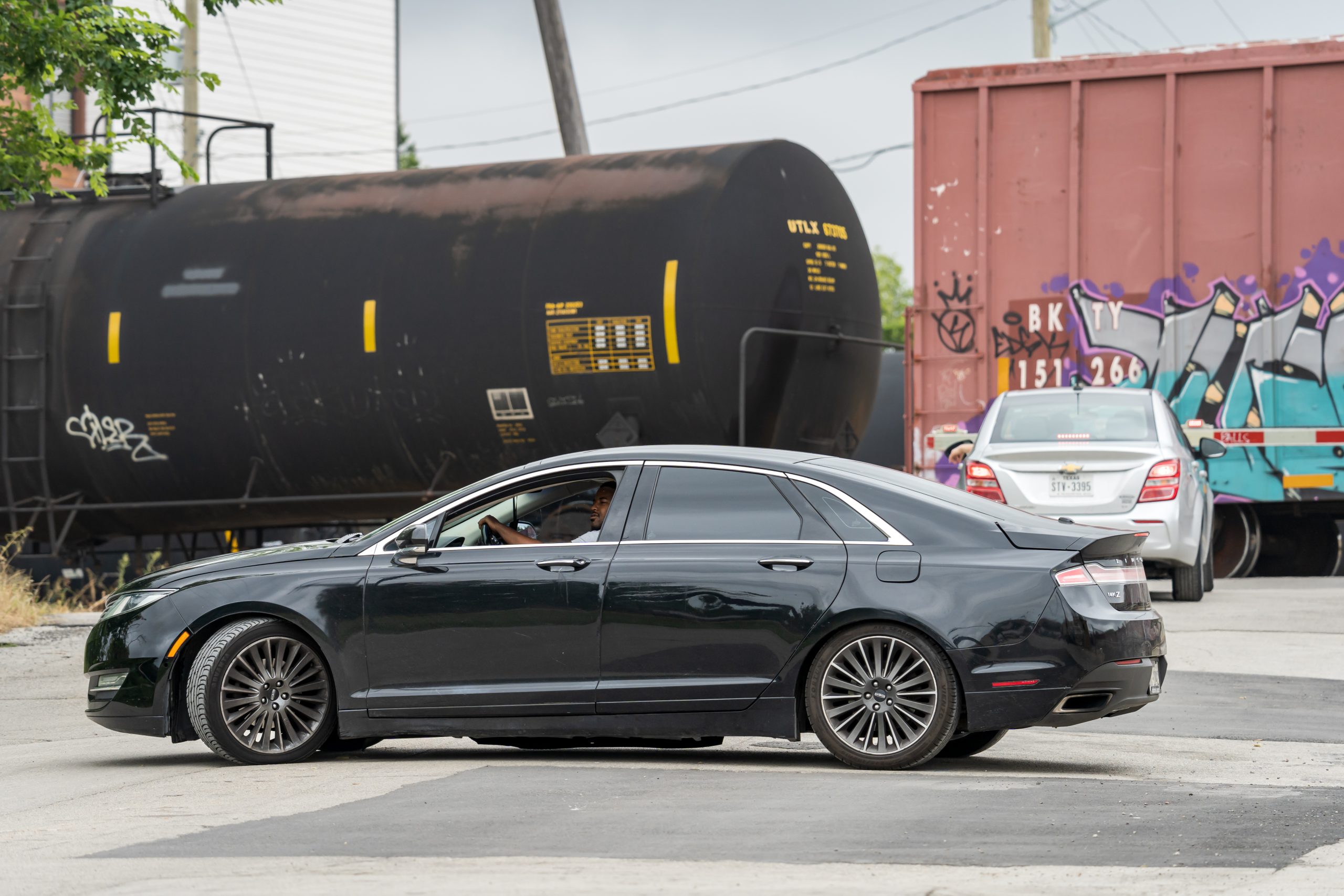Today on this day, July 19, 1876, the first train entered Fort Worth. The small town could not wait for this to happen while rails were laid as fast as possible and a makeshift trestle was built over Sycamore Creek which today runs roughly between Beach St and Riverside Dr.
The arrival of the first train was a major event for Fort Worth. It marked the beginning of a new era for the city, and it helped to transform Fort Worth from a small frontier town into a major transportation hub.
In 1876, trains were seen as a symbol of progress and opportunity. They were a way to connect Fort Worth to the rest of the country, and they opened up new possibilities for trade and commerce. The railroad also played a major role in the development of the cattle industry, which was one of the city’s most important economic sectors.
Fast forward to 2023, and the way that people view trains has changed dramatically. Today, trains are often seen as a nuisance and an obstacle to development. They can be noisy and disruptive, and they can block traffic. In addition, the environmental impact of trains is a growing concern.
Despite these challenges, there are still many people who appreciate the role that railroads have played in the history of Fort Worth. Trains are a part of the city’s DNA, and they continue to play an important role in the city’s economy and transportation network.
Let’s take a moment today to remember the arrival of the first train in Fort Worth. Let’s appreciate the role that railroads have played in the city’s history, and let’s think about the future of railroads in Fort Worth. How can we use railroads to promote economic development and environmental sustainability?.


